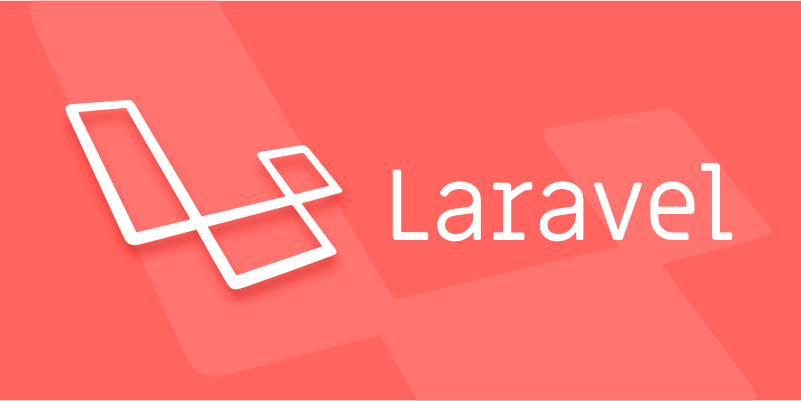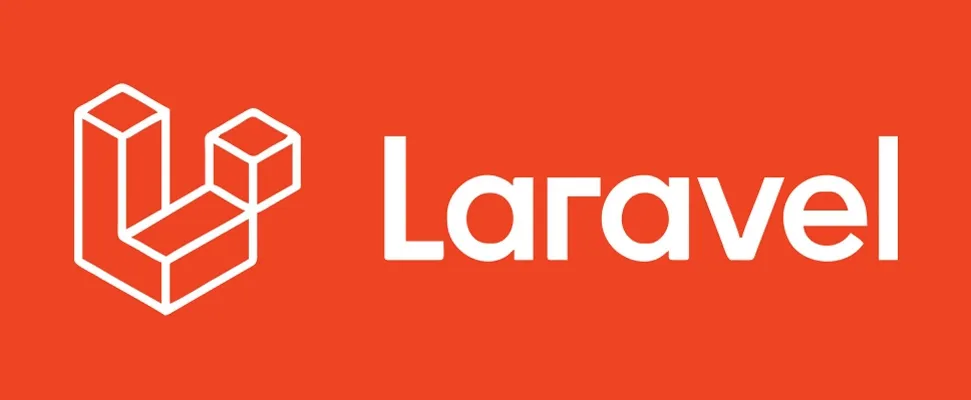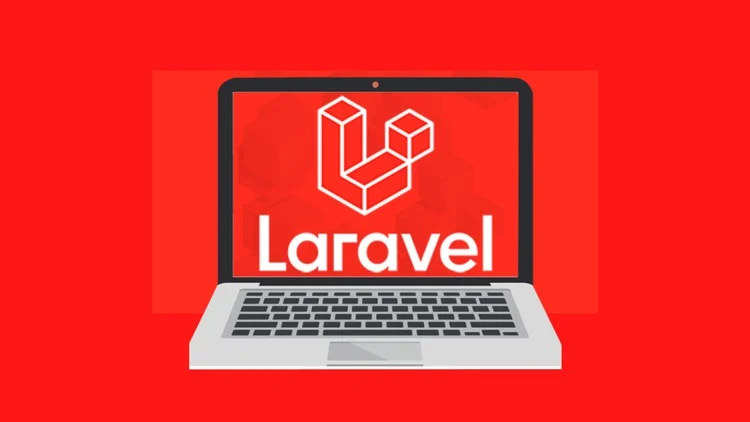Laravel's MVC architecture improves development efficiency and collaboration convenience by separating code into three parts: Model, View, and Controller. 1. Controller receives the request and returns a response, defined in the app/Http/Controllers directory, can be generated using the Artisan command, and the CRUD method can be automatically generated with the --resource parameter; 2. Model uses Eloquent ORM to interact with the database, corresponds to the data table by default, and supports definition of association relationships, which are often used to query and save data; 3. View uses the Blade template engine to organize front-end pages, located in the resources/views directory, supports inheritance and componentization, and maintains the unified structure. It is recommended to be unified in naming specifications, avoid writing complex logic in the View, use Resource Controller reasonably, and optimize the directory structure to improve maintainability.

Laravel's MVC architecture looks a bit complicated, but it is easy to use after understanding the structure. It divides the code into three parts: Model, View, and Controller, which makes it clear in logic and facilitates collaborative development.

How does Controller work?
In Laravel, the Controller is responsible for receiving requests and returning responses. You usually define the controller class under app/Http/Controllers , each method corresponds to a route. For example, when you access /users , you may call UserController@index method.
In practice, you can use the Artisan command to quickly generate a controller:

php artisan make:controller UserController
If --resource parameter is added, common CRUD methods (index, create, store, etc.) will be automatically generated, which is especially suitable for resource-based pages.
Controller should not write too much business logic, but call Model to process data and decide which data to pass to the View.

What does Model do?
Model is a data model, mainly used to deal with databases. Laravel uses Eloquent ORM by default, and each Model corresponds to a table.
For example: If you have a User model, it will check the users table by default. You can get the data directly through $user = User::find(1);
A common practice is to introduce Model in Controller, and then query or save data. For example:
use App\Models\User;
public function show($id) {
$user = User::find($id);
return view('user.profile', compact('user'));
} Model can also define relationships. For example, a user has multiple articles, and this association can be expressed using hasMany() .
How to organize Views?
View is the display layer, that is, the front-end page. Laravel uses the Blade template engine, and can write HTML in the .blade.php file and add some dynamic syntax.
View files are usually placed in resources/views directory. For example, in the example above, use view('user.profile') , which corresponds to resources/views/user/profile.blade.php .
Blade supports template inheritance, components, condition judgment and other features. For example, you can define a main layout layouts/app.blade.php , and other pages inherit it to unify the page style.
Some tips in actual development
- The naming specifications should be unified : Controller class names are in plural forms (such as
UsersController), and Models are in singular (such asUser). - Don't write complex logic in View : try to keep Blade concise, and put complex judgments or calculations into Controller or Helper functions.
- Reasonable use of Resource Controller : It is very useful for standard page addition, deletion, modification and search, and reduce duplicate code.
- The directory structure should not be too messy : you can divide the Controller and View directories according to the module, such as
Admin/UserControllerto avoid all files being piled up together.
Basically that's it. MVC is a basic but very important concept in Laravel. It may feel confusing at first, but once you get used to this division of labor, the development efficiency will be greatly improved.
The above is the detailed content of The MVC Pattern in Laravel.. For more information, please follow other related articles on the PHP Chinese website!

Hot AI Tools

Undress AI Tool
Undress images for free

Undresser.AI Undress
AI-powered app for creating realistic nude photos

AI Clothes Remover
Online AI tool for removing clothes from photos.

Clothoff.io
AI clothes remover

Video Face Swap
Swap faces in any video effortlessly with our completely free AI face swap tool!

Hot Article

Hot Tools

Notepad++7.3.1
Easy-to-use and free code editor

SublimeText3 Chinese version
Chinese version, very easy to use

Zend Studio 13.0.1
Powerful PHP integrated development environment

Dreamweaver CS6
Visual web development tools

SublimeText3 Mac version
God-level code editing software (SublimeText3)
 How to set environment variables in PHP environment Description of adding PHP running environment variables
Jul 25, 2025 pm 08:33 PM
How to set environment variables in PHP environment Description of adding PHP running environment variables
Jul 25, 2025 pm 08:33 PM
There are three main ways to set environment variables in PHP: 1. Global configuration through php.ini; 2. Passed through a web server (such as SetEnv of Apache or fastcgi_param of Nginx); 3. Use putenv() function in PHP scripts. Among them, php.ini is suitable for global and infrequently changing configurations, web server configuration is suitable for scenarios that need to be isolated, and putenv() is suitable for temporary variables. Persistence policies include configuration files (such as php.ini or web server configuration), .env files are loaded with dotenv library, and dynamic injection of variables in CI/CD processes. Security management sensitive information should be avoided hard-coded, and it is recommended to use.en
 What is Configuration Caching in Laravel?
Jul 27, 2025 am 03:54 AM
What is Configuration Caching in Laravel?
Jul 27, 2025 am 03:54 AM
Laravel's configuration cache improves performance by merging all configuration files into a single cache file. Enabling configuration cache in a production environment can reduce I/O operations and file parsing on each request, thereby speeding up configuration loading; 1. It should be enabled when the application is deployed, the configuration is stable and no frequent changes are required; 2. After enabling, modify the configuration, you need to re-run phpartisanconfig:cache to take effect; 3. Avoid using dynamic logic or closures that depend on runtime conditions in the configuration file; 4. When troubleshooting problems, you should first clear the cache, check the .env variables and re-cache.
 How to make PHP container support automatic construction? Continuously integrated CI configuration method of PHP environment
Jul 25, 2025 pm 08:54 PM
How to make PHP container support automatic construction? Continuously integrated CI configuration method of PHP environment
Jul 25, 2025 pm 08:54 PM
To enable PHP containers to support automatic construction, the core lies in configuring the continuous integration (CI) process. 1. Use Dockerfile to define the PHP environment, including basic image, extension installation, dependency management and permission settings; 2. Configure CI/CD tools such as GitLabCI, and define the build, test and deployment stages through the .gitlab-ci.yml file to achieve automatic construction, testing and deployment; 3. Integrate test frameworks such as PHPUnit to ensure that tests are automatically run after code changes; 4. Use automated deployment strategies such as Kubernetes to define deployment configuration through the deployment.yaml file; 5. Optimize Dockerfile and adopt multi-stage construction
 Explain Laravel Eloquent Scopes.
Jul 26, 2025 am 07:22 AM
Explain Laravel Eloquent Scopes.
Jul 26, 2025 am 07:22 AM
Laravel's EloquentScopes is a tool that encapsulates common query logic, divided into local scope and global scope. 1. The local scope is defined with a method starting with scope and needs to be called explicitly, such as Post::published(); 2. The global scope is automatically applied to all queries, often used for soft deletion or multi-tenant systems, and the Scope interface needs to be implemented and registered in the model; 3. The scope can be equipped with parameters, such as filtering articles by year or month, and corresponding parameters are passed in when calling; 4. Pay attention to naming specifications, chain calls, temporary disabling and combination expansion when using to improve code clarity and reusability.
 PHP development user permission management monetization PHP permission control and role management
Jul 25, 2025 pm 06:51 PM
PHP development user permission management monetization PHP permission control and role management
Jul 25, 2025 pm 06:51 PM
User permission management is the core mechanism for realizing product monetization in PHP development. It separates users, roles and permissions through a role-based access control (RBAC) model to achieve flexible permission allocation and management. The specific steps include: 1. Design three tables of users, roles, and permissions and two intermediate tables of user_roles and role_permissions; 2. Implement permission checking methods in the code such as $user->can('edit_post'); 3. Use cache to improve performance; 4. Use permission control to realize product function layering and differentiated services, thereby supporting membership system and pricing strategies; 5. Avoid the permission granularity is too coarse or too fine, and use "investment"
 How to create a helper file in Laravel?
Jul 26, 2025 am 08:58 AM
How to create a helper file in Laravel?
Jul 26, 2025 am 08:58 AM
Createahelpers.phpfileinapp/HelperswithcustomfunctionslikeformatPrice,isActiveRoute,andisAdmin.2.Addthefiletothe"files"sectionofcomposer.jsonunderautoload.3.Runcomposerdump-autoloadtomakethefunctionsgloballyavailable.4.Usethehelperfunctions
 How to build a log management system with PHP PHP log collection and analysis tool
Jul 25, 2025 pm 08:48 PM
How to build a log management system with PHP PHP log collection and analysis tool
Jul 25, 2025 pm 08:48 PM
Select logging method: In the early stage, you can use the built-in error_log() for PHP. After the project is expanded, be sure to switch to mature libraries such as Monolog, support multiple handlers and log levels, and ensure that the log contains timestamps, levels, file line numbers and error details; 2. Design storage structure: A small amount of logs can be stored in files, and if there is a large number of logs, select a database if there is a large number of analysis. Use MySQL/PostgreSQL to structured data. Elasticsearch Kibana is recommended for semi-structured/unstructured. At the same time, it is formulated for backup and regular cleaning strategies; 3. Development and analysis interface: It should have search, filtering, aggregation, and visualization functions. It can be directly integrated into Kibana, or use the PHP framework chart library to develop self-development, focusing on the simplicity and ease of interface.
 How to implement a referral system in Laravel?
Aug 02, 2025 am 06:55 AM
How to implement a referral system in Laravel?
Aug 02, 2025 am 06:55 AM
Create referrals table to record recommendation relationships, including referrals, referrals, recommendation codes and usage time; 2. Define belongsToMany and hasMany relationships in the User model to manage recommendation data; 3. Generate a unique recommendation code when registering (can be implemented through model events); 4. Capture the recommendation code by querying parameters during registration, establish a recommendation relationship after verification and prevent self-recommendation; 5. Trigger the reward mechanism when recommended users complete the specified behavior (subscription order); 6. Generate shareable recommendation links, and use Laravel signature URLs to enhance security; 7. Display recommendation statistics on the dashboard, such as the total number of recommendations and converted numbers; it is necessary to ensure database constraints, sessions or cookies are persisted,






